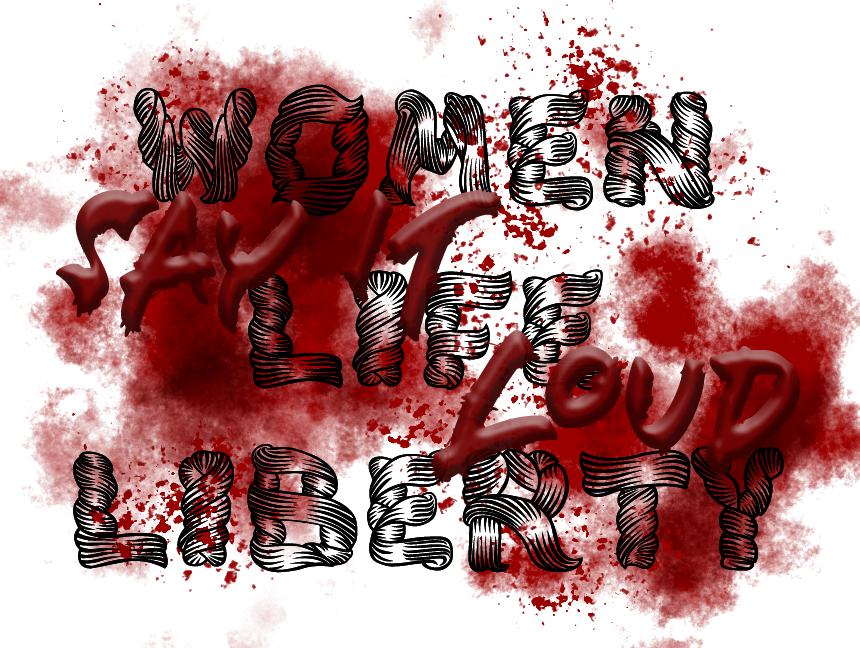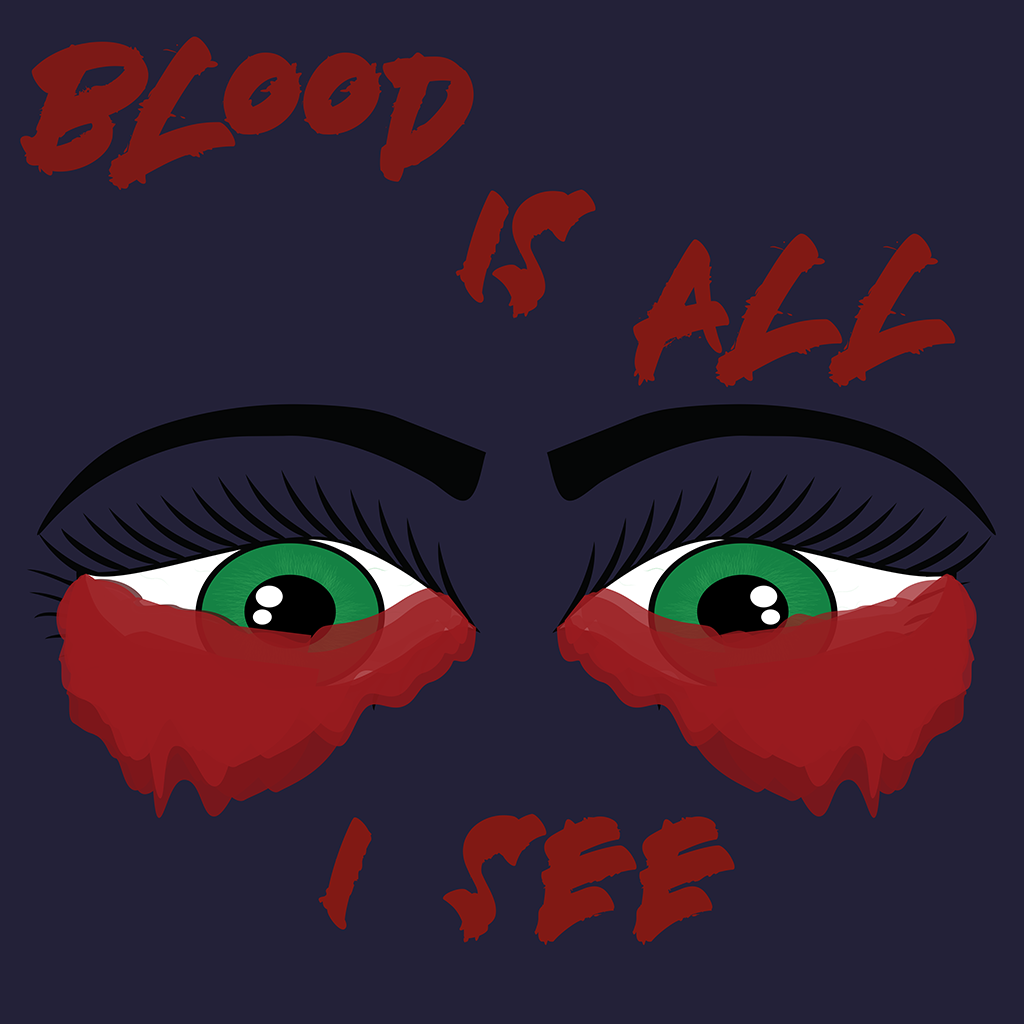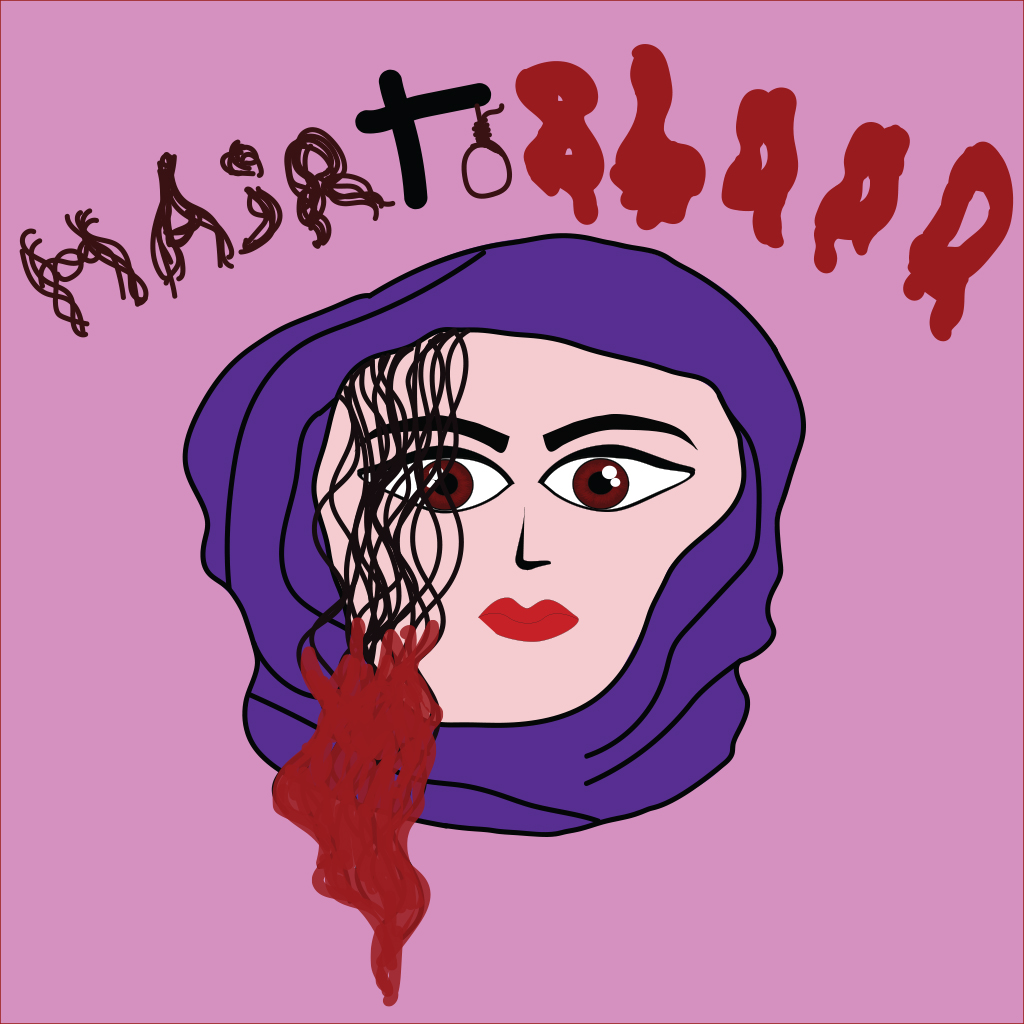
Even though compulsory hijab has been instituted, criminalised and promoted as the main Islamic state gender policy, women’s efforts to negotiate their rights have been brave and remarkable. This continuing quest for justice, gender equality and freedom of choice has been embodied in the “women, life, liberty” slogan.

 Across Iran, growing protests have been met with brutal violence from Iranian forces, which have have killed more than 400 protesters. Amnesty International reported that Iranian security forces had, in some cases, fired into groups with live ammunition and had in other cases killed protesters by beating them with batons.
Across Iran, growing protests have been met with brutal violence from Iranian forces, which have have killed more than 400 protesters. Amnesty International reported that Iranian security forces had, in some cases, fired into groups with live ammunition and had in other cases killed protesters by beating them with batons. Recently, videos of violent arrests of women by the morality police in Iran have circulated among Iranian users who consider the current dress code to be a sign of social and political backwardness. As such, these images have been juxtaposed with pictures of life before the Revolution which feature Iranian women—with and without hijab—interacting freely in public spaces. Through these images, Iranians have been mourning their loss of control over their private lives. Across the world, the hijab is a personal religious choice made by women. In Iran, however, it was transformed into a symbol of oppression and marginalization. The current rejection of the hijab by Iranian protesters, therefore, does not necessarily equal a rejection of Islam, or Islamic values. Rather, it represents the anger and frustration of the people—namely women—who have been deprived of their basic freedom of choice for decades.
Recently, videos of violent arrests of women by the morality police in Iran have circulated among Iranian users who consider the current dress code to be a sign of social and political backwardness. As such, these images have been juxtaposed with pictures of life before the Revolution which feature Iranian women—with and without hijab—interacting freely in public spaces. Through these images, Iranians have been mourning their loss of control over their private lives. Across the world, the hijab is a personal religious choice made by women. In Iran, however, it was transformed into a symbol of oppression and marginalization. The current rejection of the hijab by Iranian protesters, therefore, does not necessarily equal a rejection of Islam, or Islamic values. Rather, it represents the anger and frustration of the people—namely women—who have been deprived of their basic freedom of choice for decades.